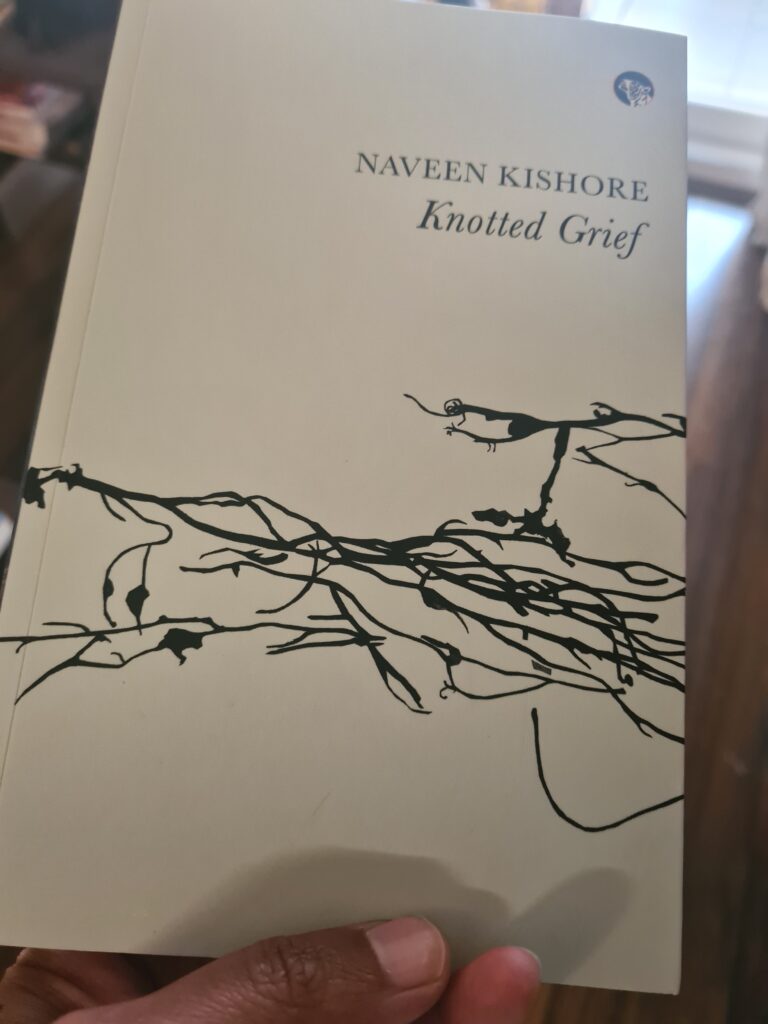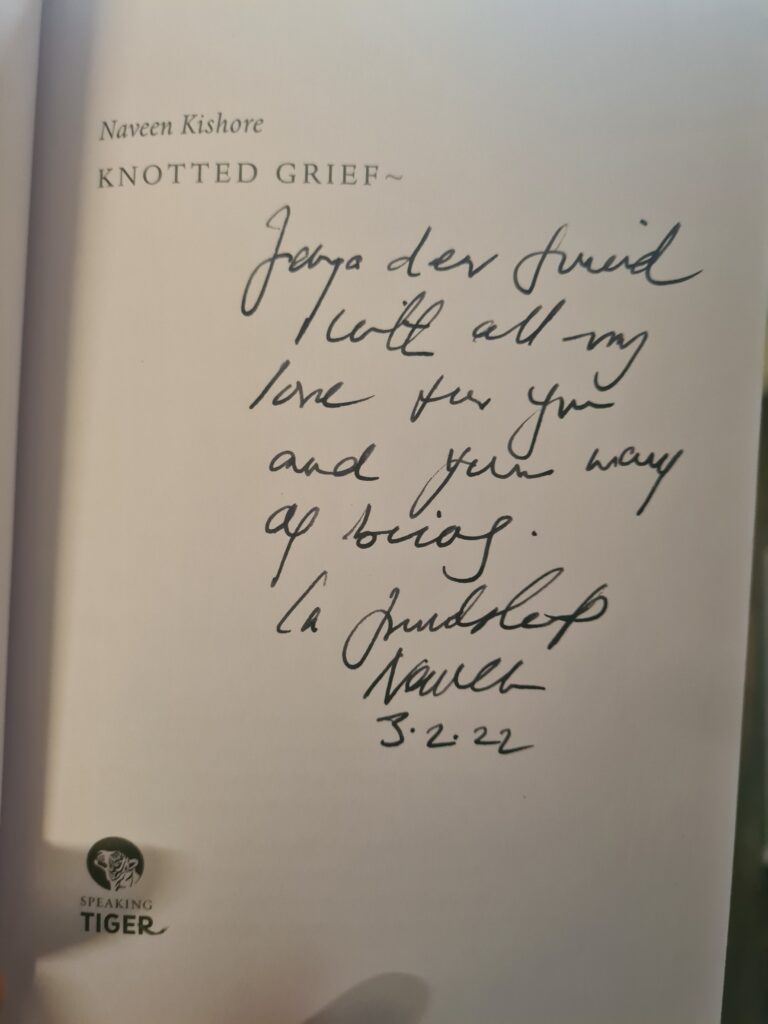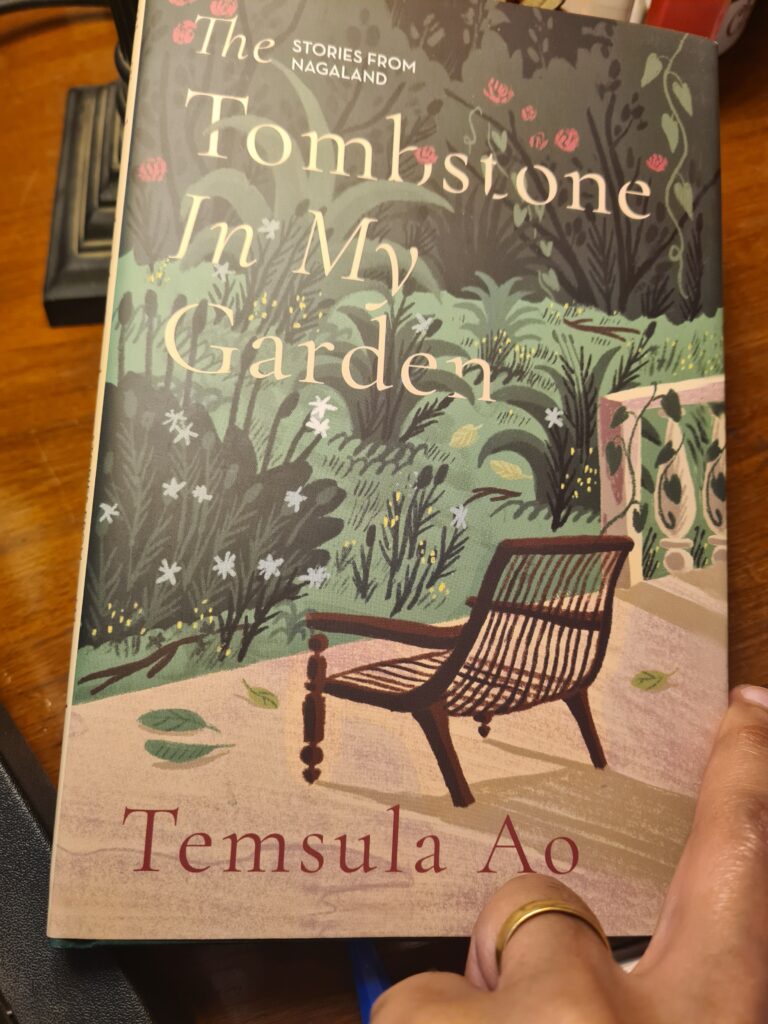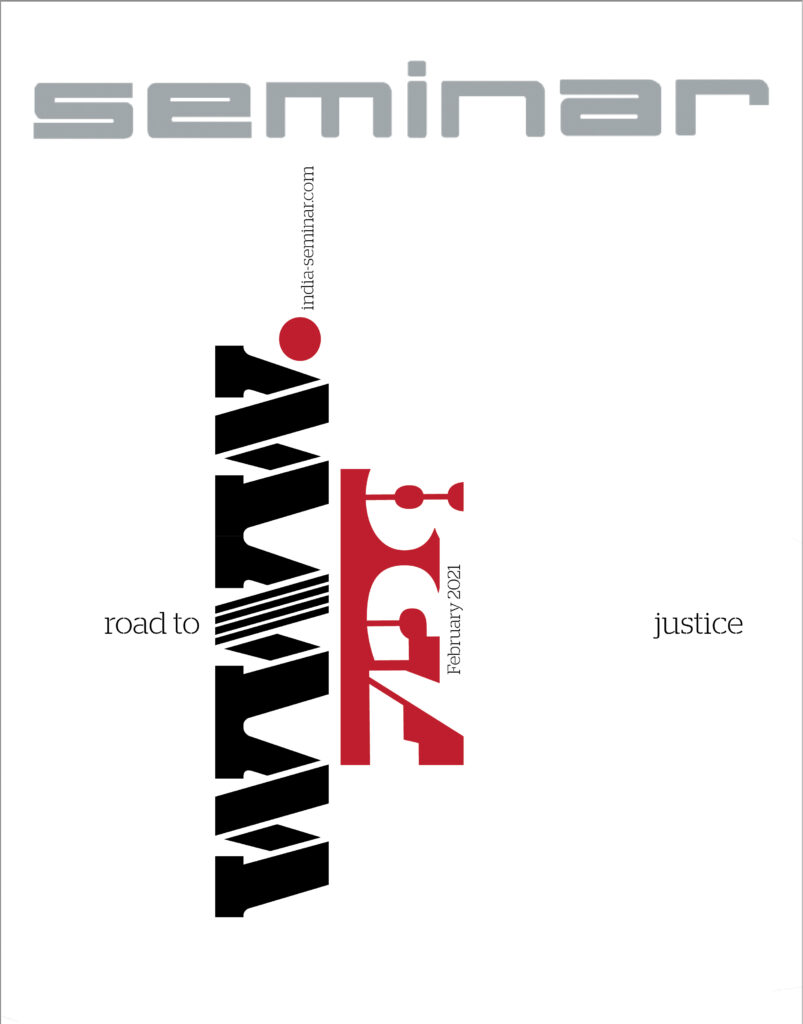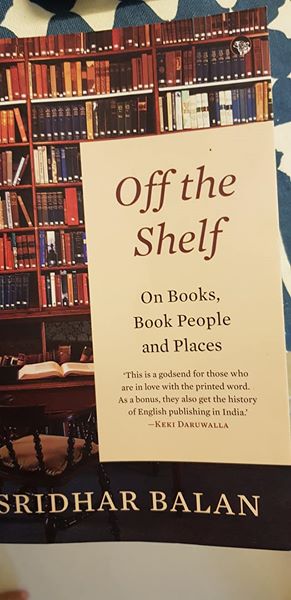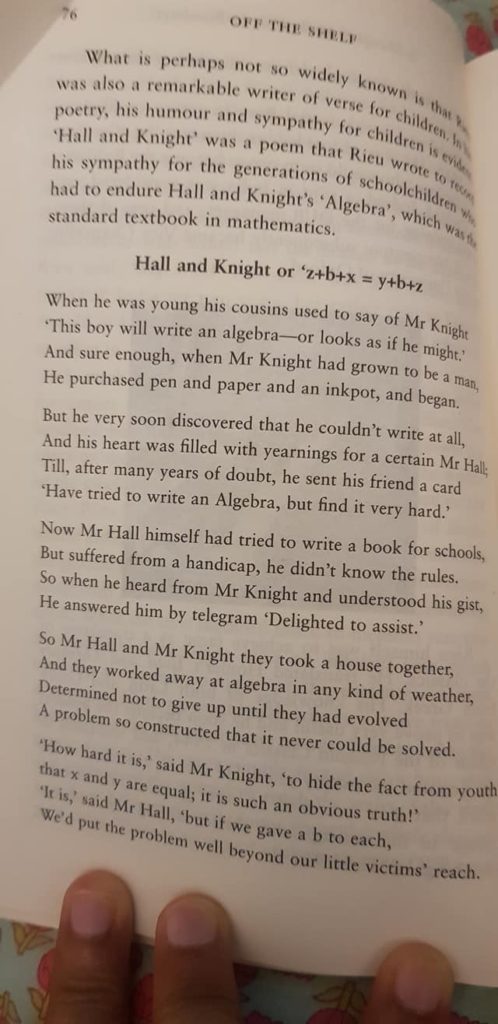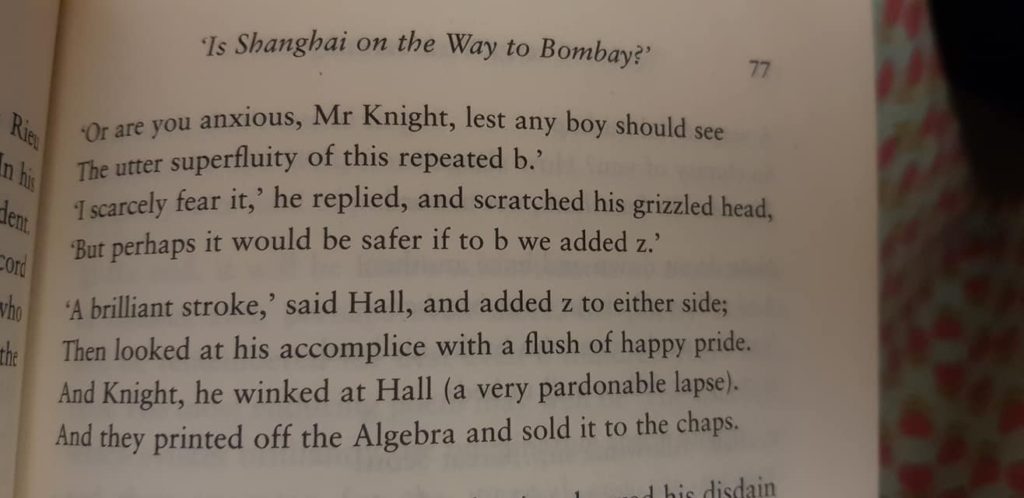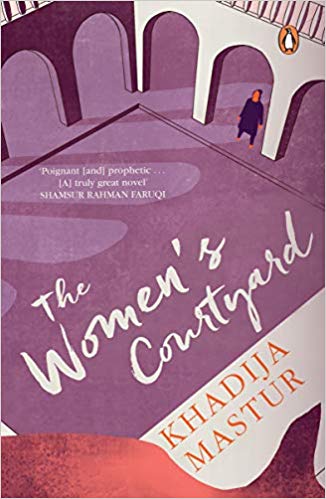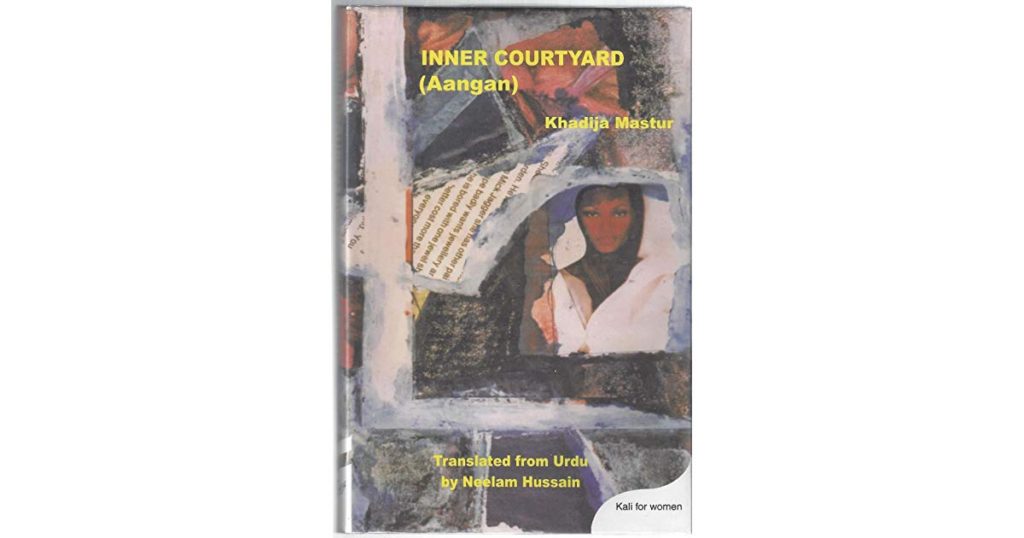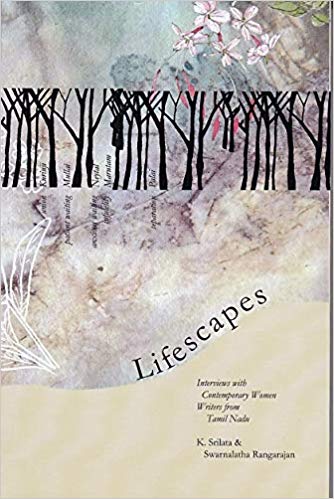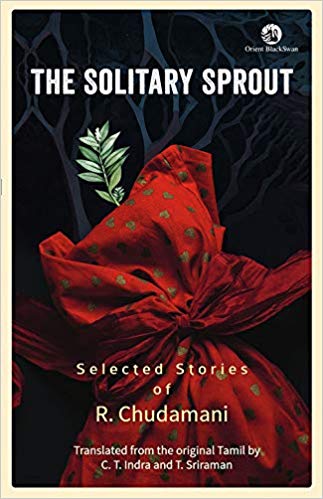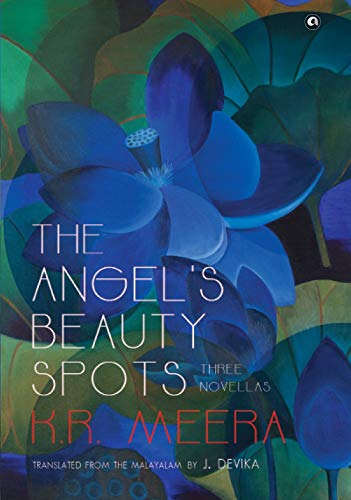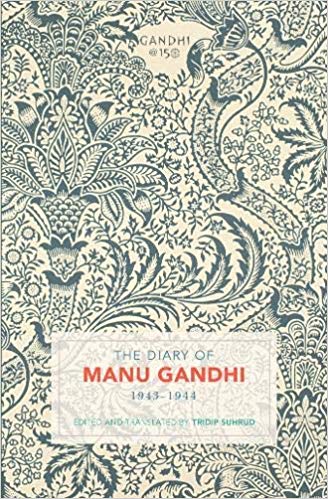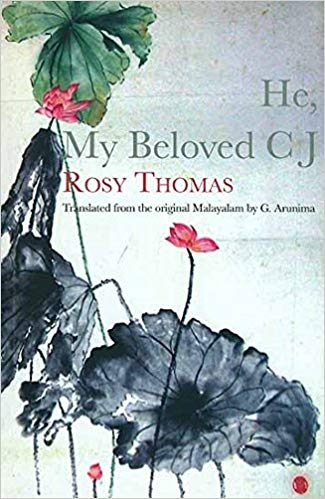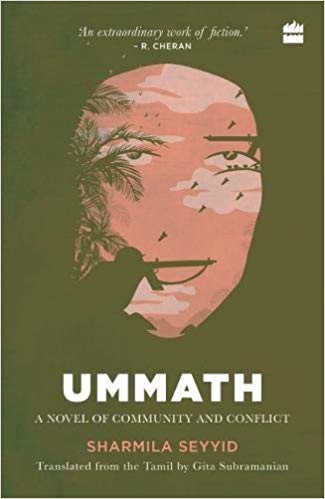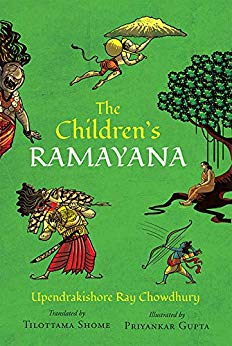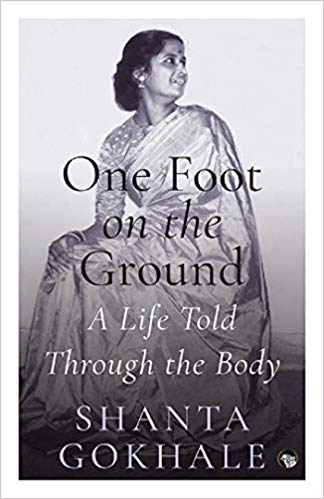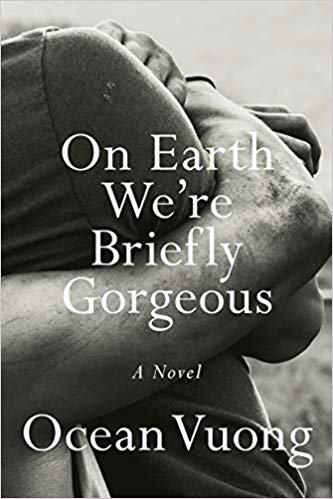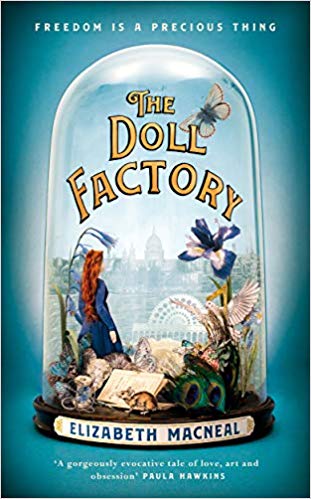“Indian Christmas”
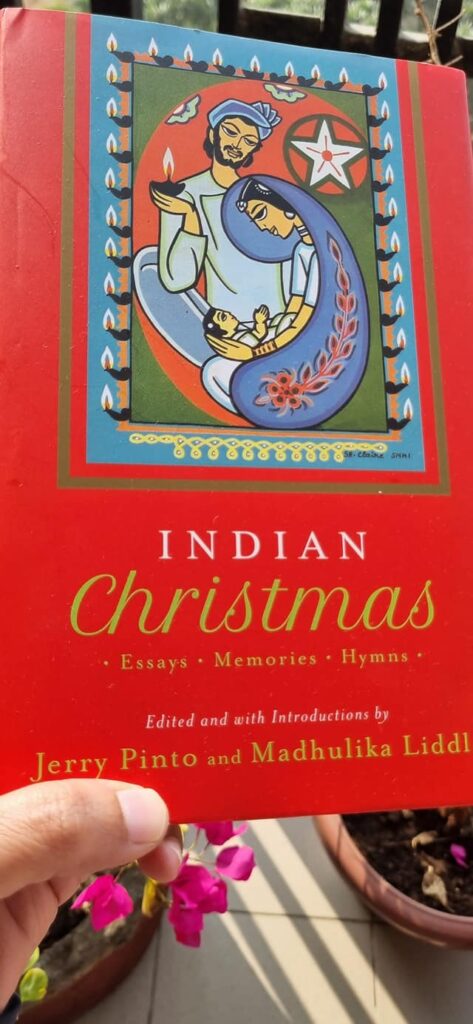
Indian Christmas is a truly well produced book by Speaking Tiger Books . It is a hardback with a magnificent range of essays reminiscing on Christmas celebrations. I too have contributed an essay on “Christmas Pakwan”. Memories of my childhood, my inheritance and now making memories for my daughter via massive food hugs. Take a look.
Ideally speaking buy copies of “Indian Christmas”. Gift them generously. This is India that imbibes cultural values from various regions and faiths. Every family celebrates Christmas in its unique style. Yet, there are many overlaps. This is an India that is not going away in a hurry irrespective of current dominant discourses. It is here to stay.
Merry Christmas!
Coincidentally posted on Facebook on 6 Dec, a day that has fearful communal connotations in modern Indian history. 6 Dec 1992, Babri Masjid was demolished by mobs.
Here is my article. It is entitled “Christmas Pakwan”. The printed version includes the Christmas Cake recipe too.
Every Christmas, my paternal grandmother, Dadi, would begin preparing the pakwan. It was a process that took a few weeks of preparation, followed by a few days of intense cooking. The original owners of Dadi’s house were British. It had a kitchen with an inbuilt wood oven but it was outside the house, as in most British houses, so that the cooking could be done outside. The house still exists. Dadi later built a kitchen and a pantry, attached to the dining room. She had a fairly large family. All of us would look forward to the Christmas lunch when the dining table was groaning with food – cold meats, shammi kebabs, chicken curry, pulao with kaju and caramelised onions on top, raita, gajjar ka halwa, zarda, fruits. Dadi was a hospitable lady, so she would also take into account the endless stream of guests who had to be fed. Our house was in the Cantonment area in Meerut, where she had built two prominent schools. So, we had Army personnel, students (past and present), parents, teachers, and many more from the town who would come to greet her and the family on Christmas Day. The visitors came from all walks of life. If they came during the day, they were received in the front lawn. Dadi was an incredible gardener too, so the garden would be ablaze with winter blooms! The guests were served various homecooked delicacies. There was always something for everyone, irrespective of their dietary restrictions, especially if they belonged to another faith. No one left our place unfed. If they came in the evening, they would be received in the drawing room, inevitably around the fireplace which was constantly being stoked by a pile of wooden logs placed next to Dada and Dadi’s chairs. A tray with bowls of sinfully delicious eats was placed conveniently in front of the visitors.
Dadi’s kitchen was buzzing with activity throughout the year. There were maids constantly scurrying about, cutting and chopping, cooking and serving. In the midst of this hustle-bustle, sat Dadi on her wooden chair. She was too large and fat to move around with ease! She would supervise the proceedings and kept a sharp eye on all the food being cooked. She was very particular about how the dishes were prepared. The larder keys were with her and if any ingredient was required, the cupboard would be opened in her presence and the precise amount of masala or oil doled out. Other provisions including the onions, potatoes and sugar were stored in her bedroom or under her bed! No wonder we had situations where a particularly flighty maid chopped up Dadi’s precious gladioli bulbs assuming they were large onions.
Come December, there was a different buzz in the air. Dadi would organise the staff in such a manner that all the stoves were in operation – gas cylinder and the mud angeethis that required handmade coal balls. The pantry would be cleaned thoroughly, sheets laid out on the floor and maids seated, working intently on their assigned chores. There was humming and chattering but the dishes were cooked with precision. At times, it was like an assembly line. If samosas were to be made, then one maid would be rolling the dough, another cutting and filling, and the third, frying both kinds of samosas – keema and meetha. The samosas would then be cooled and placed in the wooden and wire mesh doli and locked. Dadi, herself, would be sitting on a chair with her coal-fuelled mud angeethi besides her. She did not like cooking on the gas stove. On the angeethi would be placed the large dekchis, one by one, and she would cook khope ka keema, gajjar ka halwa, zarda and other dishes.
The festive season would be kickstarted by preparations for the dishes that required a longer lead time like the Christmas cake and the cold meats. The meats were prepared by rubbing the legs of lamb with rock salt and grapefruit and placing them in earthen pots which would then be covered. Later, the meats would be boiled to remove the excess salt and slices of it would be served cold. For the Christmas cake, Dadi would take the assistance of Robert, a worker in my Dada’s karkhana in Meerut, who would advise her on the quantities of fruit, candied peel, nuts, eggs and butter. Once the chopping was over, she would cut strips of brown paper to line the baking dishes. Tiny labels on which she had scribbled her initials – SB (Shakuntala Bhattacharji) would be placed in the batter. Then the local baker would be summoned. He would arrive with a large parat (a large flat brass dish used for kneading dough, but is useful for mixing large quantities of cake batter too!). Into this, the fruits would be upturned, and the many eggs broken into it – after, of course, making sure that the brindled bull terrier Lobo was not stealing the eggs and squirrelling them away in his food bowl. He would carefully lift the nail from the doli’s latch and remove the eggs one by one. He used to sit in the folds of Dadi’s saree and as soon as he saw a chance, he would attack the doli. Bull terriers have powerful jaws that can kill – once they latch onto an animal, their jaws cannot be opened until the other animal is destroyed. And yet Lobo never broke an egg!
My Dadi had got the Christmas cake recipe from Robert. His father, Barkat, used to work as a cook in Lucknow for my maternal great-grandmother, Constance Dass, Principal of Isabella Thoburn College (1939-45). My maternal grandmother, Premilla Mukarji, Constance’s daughter, used to speak of this cake recipe. Nani was a very good cook too, but it was always a laborious process with her. Whereas with Dadi, a warm, generous food hug is what she revelled in, even though it was not the mainstay of her existence. Teaching was. Dadi established schools that still exist. Robert gave my Dadi the recipe, much before my mother, Shobhana Bhattacharji, married into the family. Meanwhile, the recipe had travelled.
I inherited the same recipe from both sides of my family, but like all good recipes, it was open to many interpretations and variations. Dadi had adapted it to suit the morally correct palates and done away with the rum, increased the petha and reduced some of the rich masala. I do not recall Dadi adding spices. Her cake tasted like an ordinary fruit cake that existed in vast quantities but lacked the razzle-dazzle. When I read the recipe written by Constance Dass, the weights and measures were in seers and chhataks. Also, it was richer than I had imagined. The first couple of times I made the recipe I followed her instructions to the letter and the cake rose beautifully, especially when the egg whites were folded into the batter. No baking powder is required. The stiff egg whites do the needful. Slowly, I tweaked the recipe to soak the masala in rum. I prefer to do this in September and bake in December. In fact, I pickle vast quantities of the masala in a glass jar belonging to my great-grandmother, Badi Dadi or Mary Chandulal Mukarji, my mother’s dadi. This is used in the cakes, mince pies and panettone too. Ideally speaking the cakes should have rum dribbled over them too. Badi Dadi was so called because my twin brother and I had to differentiate between the two dadis in our life. Badi Dadi was a tremendous cook herself, she had a fantastic kitchen in Dalhousie, using wood fire and box ovens to churn out magnificent meals with clockwork precision. There was no fussiness in her cooking.
I love the manner in which food histories get passed on from generation to generation through their use and through the stories that are told. Shakuntala Bhattacharji only transmitted recipes orally or she demonstrated a dish. Whereas Constance Dass and Mary Chandulal Mukarji wrote recipes –they are a fine repository of food influences and regional cooking. I still consult them. The recipes also bring out the fact that an Indian Christian family did not observe any food taboos, so we had quite a selection of dishes. All tried and tested too! My mum, masi and I continue the tradition of writing recipes and have amassed quite a collection. It is still my go-to repository rather than the internet.
This Christmas cake recipe is the basis of a good wedding cake too. I made a 25 kg, five-tier cake, with homemade marzipan, royal icing, and orange marmalade for my brother’s wedding. I made everything from scratch, including the blessed marzipan by crushing almonds and kneading the dough till it rolled smoothly. My mother provided some of her to-die-for bittersweet marmalade with its fine slivers of translucent orange peel. Layering the cake, with marmalade, marzipan and royal icing, I decorated it with tiny flowers made with icing sugar as well as lots of fresh flowers. It was so heavy that a special wooden cake stand had to be made. It preserves well for at least six months.
For my own wedding, I did not have the time to make the cake. My fiancé Jacob Rose brought sample pieces of cake to test. I was horrified. They tasted ghastly, nothing but simple cake being passed off as wedding cake! I insisted on meeting the baker, Philip. He came. A family consultation was held. Philip explained the process. I did not approve. So, I gave him my Christmas cake recipe and said, use this. He did and we had a delicious wedding cake. Philip used the recipe to turn around his Christmas cakes and became a huge commercial success. So much so that even we get slices of it at our church fellowship after midnight service. Philip modified it further, to make it a commercially viable option. After his death, his nephew inherited the business, and the tradition continues. The recipe lives.
Today, I am probably one of the few, if not the only one, in my generation and in the extended clan who makes Christmas pakwan. The process begins weeks ahead. With time, I have modified the offerings to incorporate Jacob’s tastes and childhood memories and create new ones for our daughter, Sarah Rose. So now I prepare Christmas cake, mince pies, panettone, pinnis with pumpkin seeds, panjiri, gujiyas, ginger cookies, shammi kebabs, khope ka keema, yakhni pullao, mathri with zeera, cinnamon rolls and more. Everything is homemade, including the desi ghee/clarified butter that I use in the panjiri and gujiyas. It is a juggling feat that calls for my professional publishing commitments, teaching, and cooking to dovetail into each other. How I manage is nothing short of a Christmas miracle!
We are Christians and have been for generations. It means we have recipes from across the country and relatives are to be found everywhere. The pakwan that we serve at home is an amalgamation of these experiences and is a fine testament to the syncretic nature of India. The recipes that we use can be found in Muslim, Hindu and Christian households. Ultimately, it does not matter which faith these foods originate from. It is the joy of cooking, providing hospitality, and watching others revel in the food hug!
23 Jan 2023

